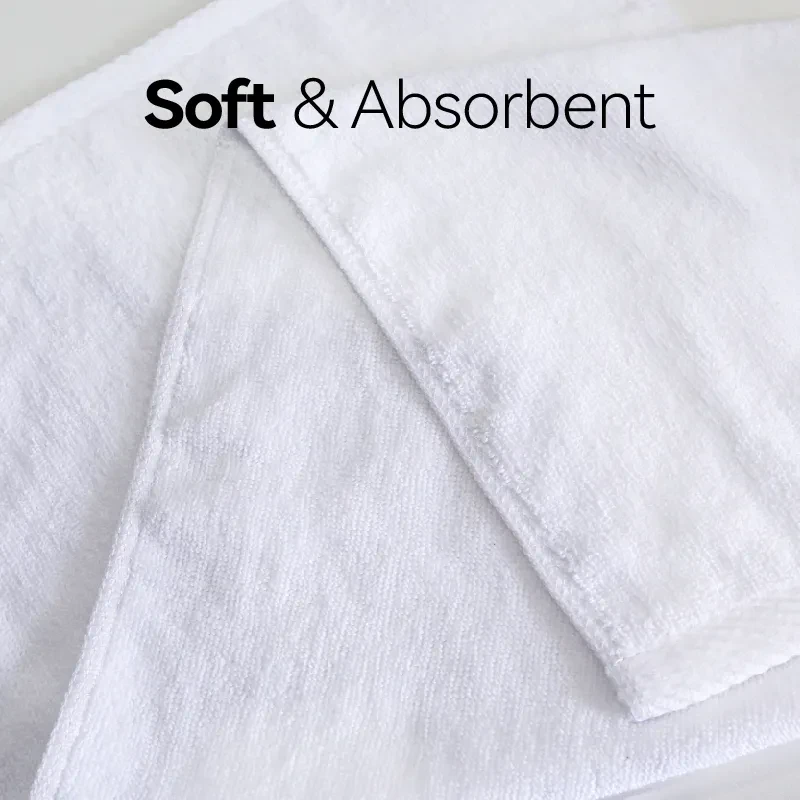wider width fabric
The Evolution and Importance of Wider Width Fabric in Modern Textiles
In the world of textiles, fabric plays an indispensable role in a myriad of applications, spanning fashion, interior design, and industrial uses. Among the various types of fabrics available in the market today, wider width fabric has gained significant attention due to its versatility and practicality. As the name suggests, wider width fabric refers to textiles that are produced in greater widths compared to traditional materials, making them an appealing choice for a variety of projects.
The production of wider width fabric has seen considerable advancements over the years. Historically, fabrics were primarily woven to 54 inches, which limited design options for both manufacturers and consumers. However, with the development of advanced weaving techniques and machinery, the industry has shifted towards producing fabrics that are 108 inches or even wider. This evolution not only caters to industries like upholstery and home décor but also meets the growing demands of various sectors in the fashion world.
One of the key advantages of wider width fabric is its cost-effectiveness. For designers and manufacturers, using wider fabrics reduces the amount of material wasted during cutting and sewing processes. This efficiency can lead to significant cost savings, particularly in large-scale production runs. Moreover, the use of wider fabric allows for larger panels that can cover extensive areas without necessitating seams, creating a cleaner and more aesthetically pleasing finish. This is particularly relevant in the realms of curtains, drapes, and upholstery, where seam placement can affect the overall look of the finished product.
wider width fabric

In the fashion industry, the trend toward wider width fabric reflects a growing demand for more expansive design options. Designers appreciate the ability to work with larger pieces of fabric, allowing for more dynamic creations. Whether it's the flowing silhouette of a gown or the bold graphics of a statement piece, having access to wider fabric can make a significant difference in how a garment is conceived and constructed. In recent years, many fashion brands have recognized this potential and embraced wider width textiles to enhance the sophistication of their collections.
Furthermore, the application of wider width fabric extends beyond fashion and home décor, as it has made a notable impact in the realm of specialty textiles. In industries such as automotive and aerospace, wider fabrics are increasingly used for seat covers, interior trim, and even lightweight barriers. The ability to produce larger sections of fabric allows for more streamlined manufacturing processes, enhancing the overall efficiency and performance of the final product.
In addition to practical benefits, the innovation behind wider width fabric also aligns with sustainability goals. The reduced need for seams and the efficient use of material contribute to less waste during production, supporting eco-friendly practices within the textile industry. As consumers grow more conscious of the environmental impact of their purchases, opting for wider width fabric can be a step towards more sustainable choices.
In conclusion, wider width fabric has carved out a significant niche in the textile market, providing versatility, efficiency, and creative potential for designers and manufacturers alike. As the industry continues to develop and evolve, the demand for these expansive textiles is likely to grow, shaping the future of fashion, interior design, and specialty materials. Whether for custom garments or large-scale upholstery projects, the benefits of wider width fabric cannot be overstated. It not only simplifies production processes but also enhances the artistic expression of designers, ensuring that creativity knows no bounds in the world of textiles. Moving forward, wider width fabric is poised to play a pivotal role in the ongoing evolution of the textile landscape.
-
Elevating Comfort and Quality with the Right Bed LinenNewsJul.07, 2025
-
Bedding Essentials: From Percale Sheets to White Quilts, Finding Your Perfect Sleep HavenNewsJul.07, 2025
-
Choosing the Right Bedding for a Comfortable and Stylish BedroomNewsJul.07, 2025
-
Understanding the Diverse World of Towel TypesNewsMay.29, 2025
-
The Ultimate Comfort: Discover the Benefits of Polycotton SheetsNewsMay.29, 2025
-
Experience Luxury with 1800 Brushed Microfiber SheetsNewsMay.29, 2025
-
Elevate Your Sleep with Luxurious Hotel Sheets for SaleNewsMay.29, 2025






